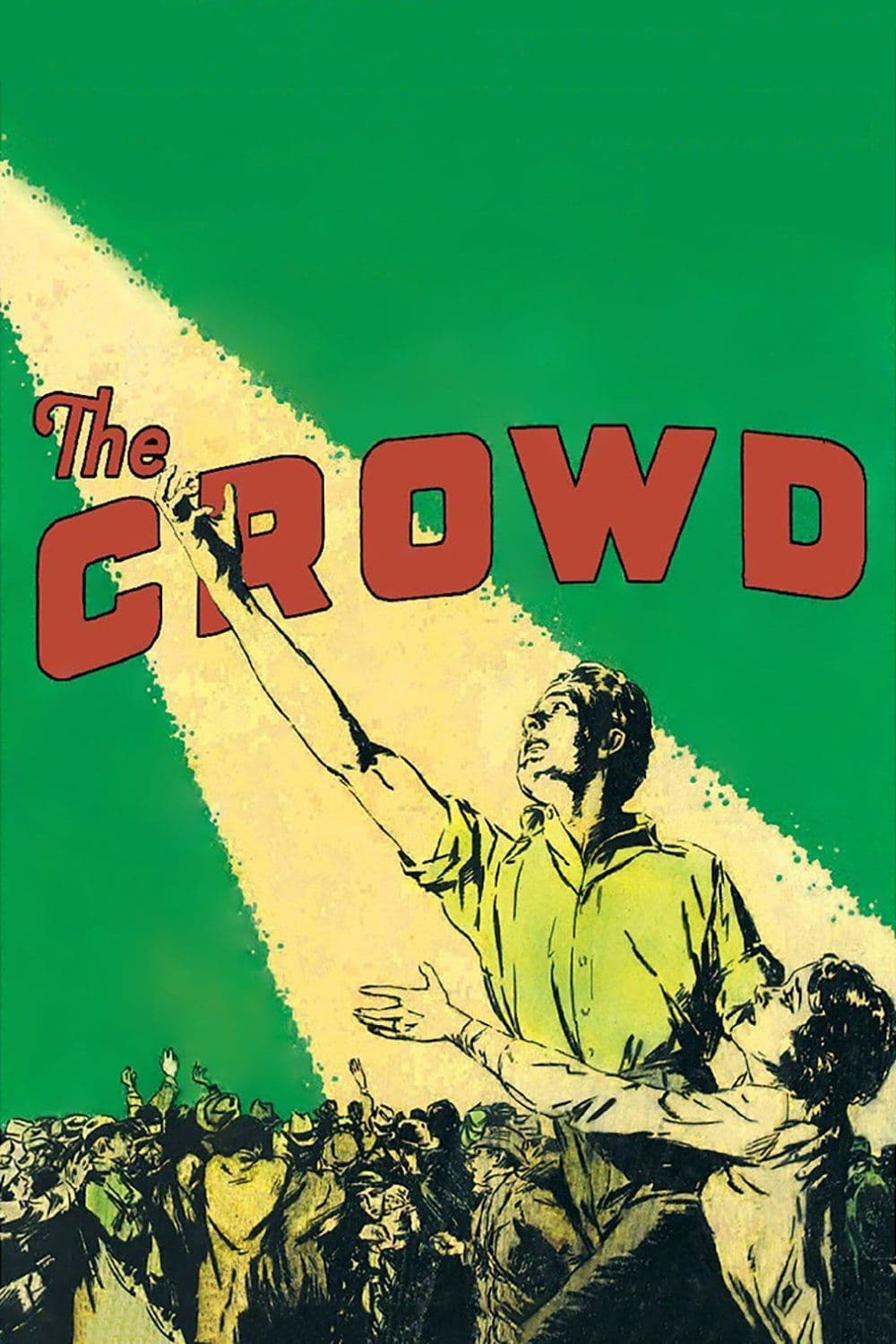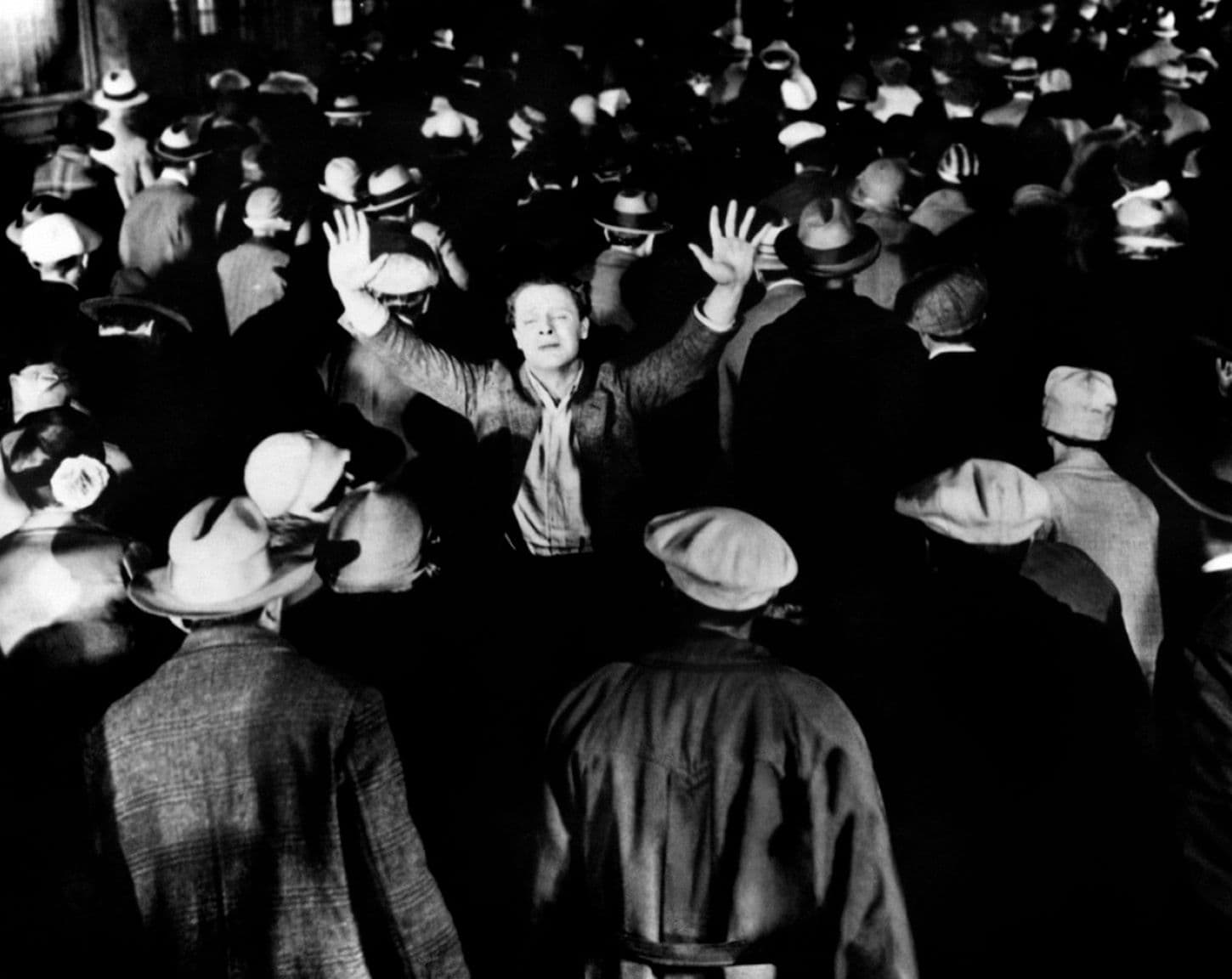
The Crowd
1928
Rate this movie
Average: 0.00 / 5
(0 votes)
Director
King Vidor directed this film with the awareness that the great American metropolises then emerging brought with them serious side effects, including alienation, loneliness, and marginalization. And it is precisely around this concept that this magnificent work of silent cinema is built: the progressive detachment of man from a hostile reality and his inexorable psychological drift. "The Crowd" is a work that transcends its era, offering a still-relevant reflection on the alienation and disillusionment of the individual in modern society. Vidor, aware of the shadows cast by the rapid growth of American metropolises at the dawn of the Roaring Twenties – an era of dizzying industrialization, massive migrations from rural areas, and an often illusory promise of prosperity – constructs a powerful narrative that explores the psychological consequences of urbanization and industrial progress. Far from being a mere celebration of the American Dream, the film reveals its dark side, portraying the loneliness, marginalization, and loss of identity that can accompany the pursuit of success. It is no coincidence that, during the same period, across the Atlantic, Fritz Lang explored analogous themes in Metropolis, albeit with a grander, more science-fictional aesthetic; Vidor, with a more intimate gaze and roots already deeply embedded in American realism, offers us an examination of the same existential malaise, that of the individual swallowed by the machine. His is a critique of blind progress, not just a physical phenomenon but an ontological condition that reshapes the human soul, subjecting it to unprecedented pressure, depriving it of stable reference points and casting it into a deafening anonymity. It is here that the film anticipates, decades ahead of its time, sociological reflections on labor alienation and the "blasé personality" of the metropolis, concepts that would later permeate the thought of thinkers like Georg Simmel or Émile Durkheim.
The seemingly simple plot follows the story of John Sims, a young man who leaves his small hometown to seek his fortune in New York. Full of hopes and ambitions, John soon confronts the harsh reality of the metropolis: ruthless competition, anonymity, and the difficulty of asserting oneself in an impersonal and hostile environment. His path, marked by disappointments and failures, leads him to question his dreams and aspirations. Vidor uses the story of John and his wife Mary to paint a universal portrait of the human condition in modern society. John is not a tragic hero in the classical sense, but the embodiment of the everyman, a symbol of the crowd to which the title alludes. His initial naivety, his small ephemeral joys, and his bitter disappointments resonate with a poignant truth, while Mary, more pragmatic and grounded, serves as a mirror and, at times, an anchor in this stormy sea of shattered aspirations. The screenplay masterfully delves deep into the characters' psychology, revealing their fragilities, contradictions, and petty meannesses. The camera, with fluid movements and innovative shots, becomes a silent witness to their inner drama, capturing the nuances of their emotions with a sensitivity rare for its time. Memorable, for example, is the film's opening, which begins with an aerial shot that progressively narrows down to the skyscraper, then to the office, and finally to the specific window revealing John Sims, visually and immediately emphasizing the insignificance of the individual within the vastness of the metropolis and the capitalist system. Particularly effective are the crowd scenes, where the individual gets lost in the anonymous multitude – consider the famous desk sequence in the office, with endless rows of identical employees, like cogs in a machine – a symbol of a society that swallows him and deprives him of his individuality. The power of these images is such that, even without sound, one perceives the deafening din of the city, the echo of the incessant hum that accompanies John's alienation.
Vidor, with a visual style innovative for its time, anticipates some of the themes and stylistic solutions that would characterize Italian Neorealist cinema decades later. The skillful use of editing, the attention to realistic detail (almost documentary-like in some urban sequences), and the ability to represent characters' psychology with subtlety and depth, make this film a timeless masterpiece. Its modernity also lies in Vidor's decision to film largely on location and to instruct his actors to perform with an almost improvised naturalness, moving away from the theatrical mannerisms typical of silent film. It was an artistic battle against MGM, which viewed such a "depressing" film lacking an uplifting resolution with skepticism; the production was fraught with difficulties, with the studio imposing various versions of the ending. Yet, precisely from this tension between authorial vision and production demands, Vidor managed to extract an even rawer truth. His critique of materialism, the loss of values, and the alienation of the individual in mass society remains extraordinarily relevant, making "The Crowd" a work that continues to question and move contemporary viewers. The ending, in particular, with John and Mary's ambiguous and almost resigned smile in the movie theater, remains an open question, a statement that happiness is not an achievement but perhaps a fleeting moment of shared experience, a laughter that is at once hope and despair, salvation and condemnation. It is an ending that eschews easy catharsis, leaving the observer to reflect on the fragility of the human condition and the ephemeral nature of joy in an indifferent world. A beautiful and poignant film, a boulder thrown into the pond of modernization and impetuous progress, whose echo still resonates today in the chronicles of a humanity that, despite all its "progress," still struggles to find a sense of belonging and authentic identity.
Country
Gallery




Comments
Loading comments...